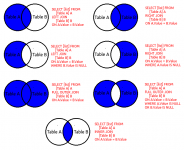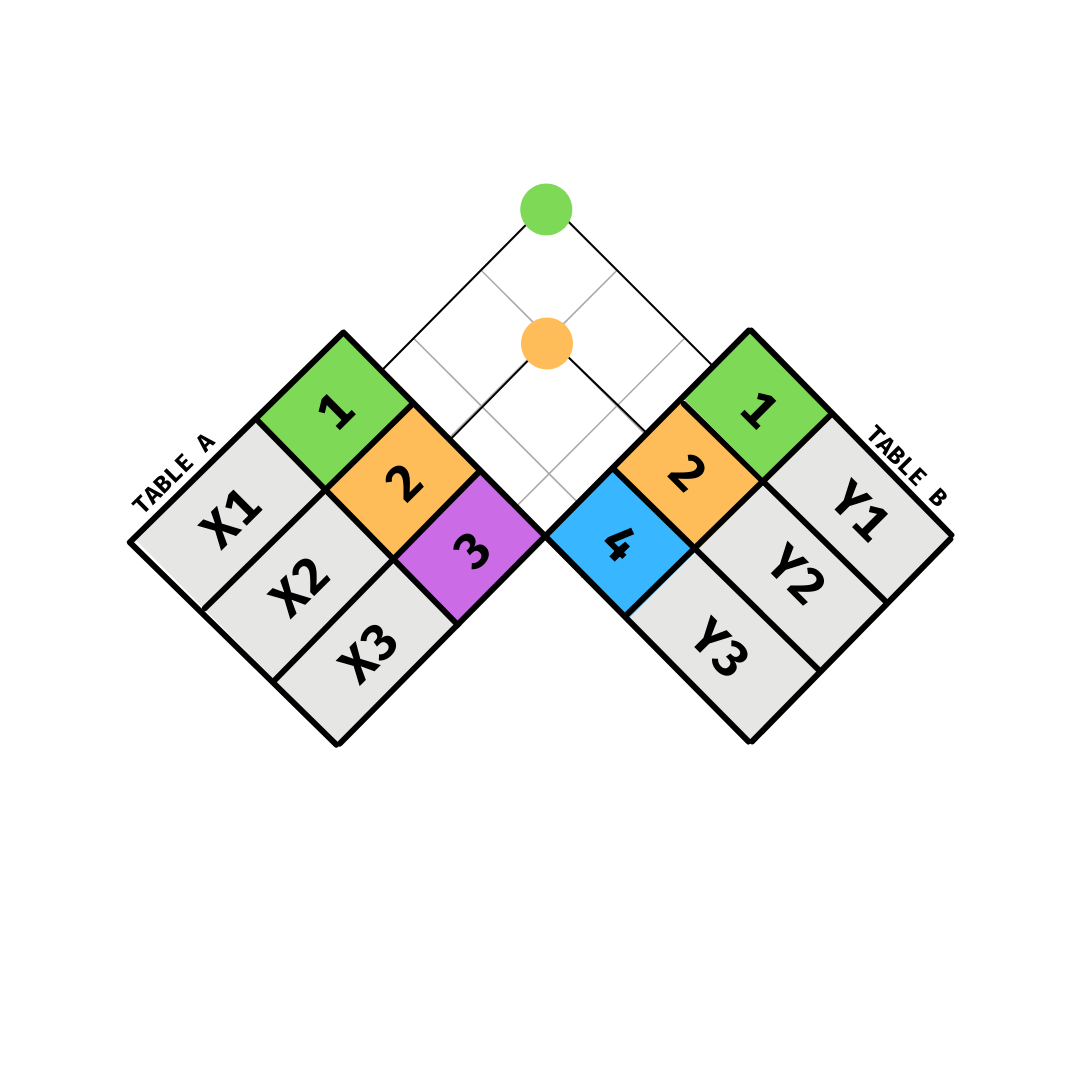- Local time
- Today, 10:10
- Joined
- Feb 19, 2002
- Messages
- 43,275
I built a teaching database for a class I'm giving and I thought I'd share a part of it with you. This is a report showing all the join types with SQL and a Venn diagram to help you to understand what the join is really doing.
Let me know if you like the presentation. I included a pdf so you can print it easily and keep it handy. Hang it on the wall behind your desk Also, thanks to @Uncle Gizmo for the idea to create the report as a summary to make it easier to compare the SQL
Also, thanks to @Uncle Gizmo for the idea to create the report as a summary to make it easier to compare the SQL

Let me know if you like the presentation. I included a pdf so you can print it easily and keep it handy. Hang it on the wall behind your desk
Attachments
Last edited:




